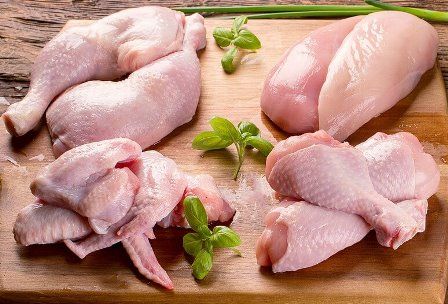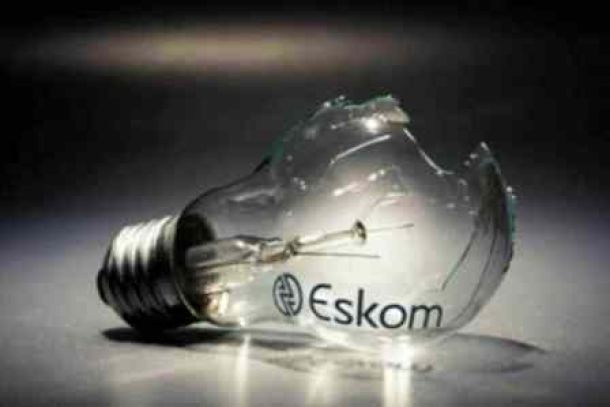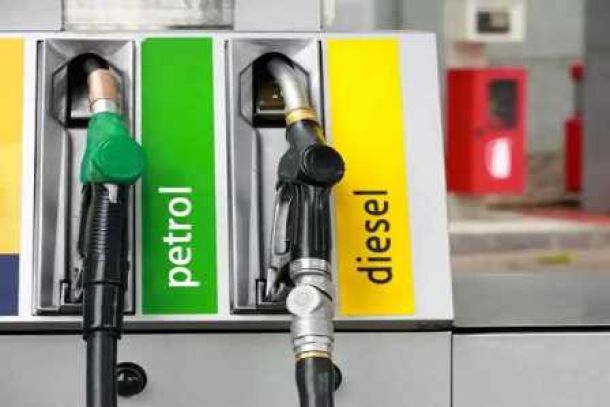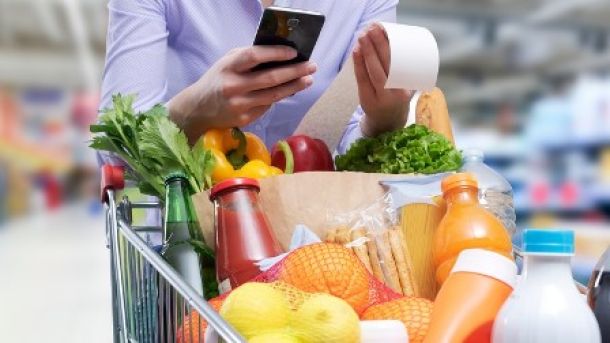
Load shedding filters into the price of chicken as producers pass on energy costs
Poultry producers are subsidising the consumer by at least R3 per kilo of chicken as production costs spiral, aided by the cost of load shedding which has added R1.50 per kilo in the producer price, participants at an industry discussion heard on Thursday (20/07/2023).
South African Poultry Association (SAPA) CEO Izaak Breitenbach said the cost of load shedding had added 10% of overheads to the large producers who had to provide their own electricity backup plans while smaller producers had seen a spike of 20% in overheads.
This is as the industry awaits a decision by the Minister for Trade Industry and Competition who last July suspended import tariffs on frozen bone-in-imports from Brazil, Denmark, Ireland, Poland, and Spain for a year and is due to make a decision next month whether to continue the suspension or reinstate tariffs.
“The industry is working hard on cost reduction, whether it is feed or load shedding that is pushing the costs up. It started as a general thing and we could deal with the lower stages but we cannot cope with higher levels like stage six. The use of generators has added significant cost which has to be passed onto the consumer. We are calling for the exemption of VAT (value added tax) (on chicken),“ Breitenbach said.
In August 2022, the International Trade Administration Commission (ITAC) recommended that anti-dumping duties be imposed on imports of frozen bone in chicken portions. For three of the targeted countries, the recommended final anti-dumping duties were lower than the provisional anti-dumping duties as evident from differences in the average of the provisional (57%) versus final anti-dumping duties (31%).
“The companies are out of pocket, more so the smaller producers who cannot afford the higher significant costs brought on by load shedding,“ Breitenbach said.
The reduction of imports occurred at the expense of increased prices. SAPA said the volumes of imports during the suspension period have hiked from 17 000 tonnes to 46 000 tonnes as the dumping countries took advantage of the suspended tariffs.
“Even during the suspension period, the price of chicken has been going up instead of down. In the month of August there was a huge increase in imports, the increase from October 2022 to March this year has been over 600%,” Breitenbach said.
SAPA disputed the assertion of the Association of Meat Importers and Exporters (AMIE) that load shedding, the rapid rise of input and feed costs due to the war in Ukraine, as well as failing state infrastructure and wanton lack of service delivery have had a dramatic impact on consumer pricing.
“The potential pass through of dumping duties to consumers pales in comparison to the inflation brought on by load shedding and feed cost. Importers are responsible for paying these duties – if these duties are passed on to consumers, it’s because importers are passing them on to consumers. Moreover, it seems AMIE is conflating imports with dumping; while the Poultry Association would argue that fair trade is eminently desirable, dumping has led to the destruction of several poultry industries across Africa,” SAPA said.
According to a Genesis Analytics study commissioned by Webber Wentzel on behalf of SAPA, estimates indicate that the pass-through to retail prices from the proposed anti-dumping duties is predicted to be significantly diluted. Co-author, Andre Frauenknecht said varying analysis suggests implementation of the final anti-dumping duties, using the mean of the respective country ranges, could result in a potential increase in IQF retail prices of between roughly 2.5% and 4.6%.
According to the study, when the estimates are based on the retail prices of non-IQF frozen chicken portions, this pass through ranges between approximately 1.8% and 3.4%.
Frauenknecht said the average monthly retail and producer prices for frozen bone-in chicken portions were higher, not lower, in the suspension period between July 2022 to December 2022 when compared to the provisional period (January 2022 to June 2022).
“This is not consistent with the notion that these anti-dumping duties resulted in harmful pass-through for consumers; nor is it consistent with the notion that the suspension of the anti-dumping duties coincided with significant downward pressure on retail prices. It is correct that there was an initial decline in IQF retail prices in August 2022 but this was followed by consistent retail prices increases.
News Category
- International retailers
- On the move
- Awards and achievements
- Legislation
- Wine and liquor
- Africa
- Going green
- Supplier news
- Research tools
- Retailer trading results
- Supply chain
- Innovation and technology
- Economic factors
- Crime and security
- Store Openings
- Marketing and Promotions
- Social Responsibility
- Brand Press Office
Related Articles

Eskom wants to hike electricity prices by up to...

Big petrol price drop tipped for July

Fuel price cuts bigger than expected

‘Desperation is the new normal’ for South Afric...


